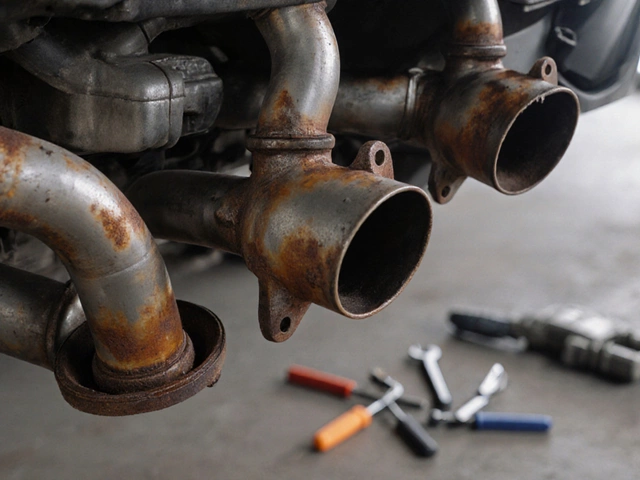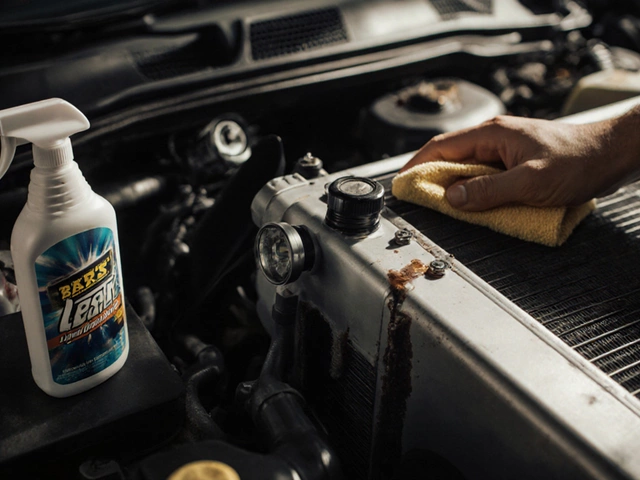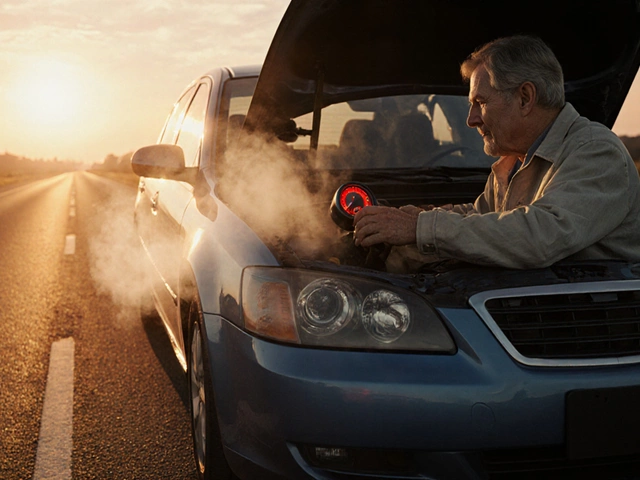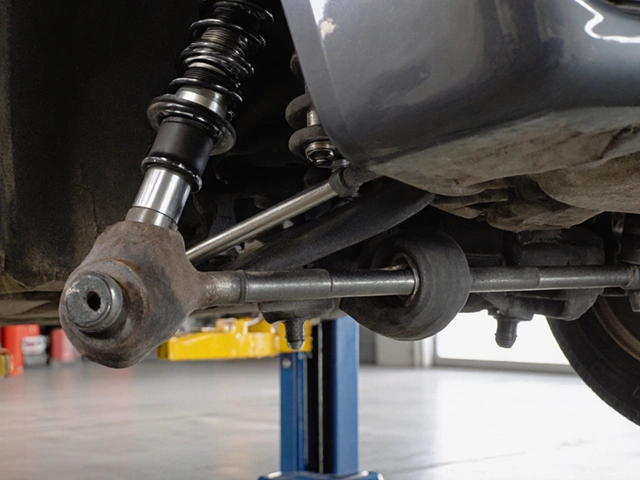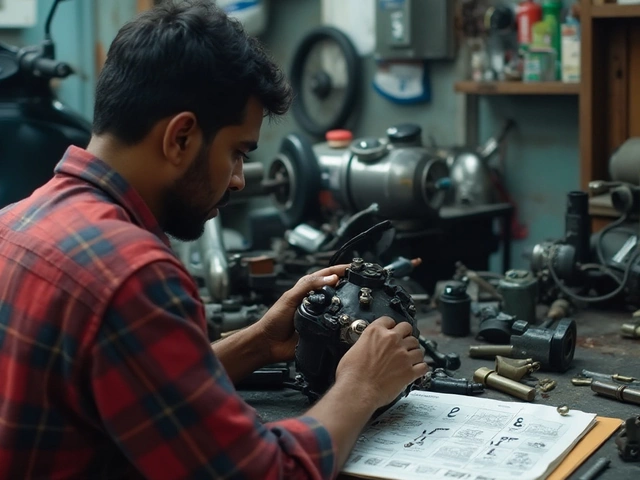Air Conditioner Filter Guide: Pick, Install, and Keep It Clean
Ever wonder why your car’s air feels stale after a few weeks? Most drivers blame the A/C system, but the real culprit is often the cabin air filter. A clogged filter restricts airflow, makes the fan work harder, and lets dust and pollen inside the cabin. The good news? Swapping the filter is cheap, quick, and you can do it at home without any special tools.
Why Your AC Filter Matters
The cabin air filter sits behind the glove box or under the dashboard and cleans the air before it reaches you. When it’s clean, you enjoy fresh smells, clearer windows (less fog), and a cooler interior because the A/C doesn’t have to fight resistance. A dirty filter drops fuel efficiency by a few percent and can cause the AC compressor to overheat. In extreme cases, you’ll notice a weaker breeze, louder fan noises, or a musty smell when the system first turns on.
Step‑by‑Step: Choosing and Replacing the Filter
1. Find the right size. Check your owner’s manual or look up your car’s make, model, and year online. Most filters are labeled with dimensions like 20x20x1 inches, but even a quick visual comparison at the parts store works.
2. Pick the filter type. There are three main options: standard paper, reusable synthetic, and activated‑carbon filters. Paper filters are cheap and replaceable every 12‑15 000 km. Synthetic filters last longer (up to 30 000 km) and can be washed. Carbon filters also trap odors, which is handy if you often drive in dusty or smoky environments.
3. Gather basic tools. You usually only need a screwdriver (often a flat‑head) to remove the glove‑box cover. Some cars have clips you can pop open by hand.
4. Locate the filter compartment. Open the glove box, remove any retaining bolts or clips, and slide the cover off. You’ll see a rectangular filter snug in a slot.
5. Remove the old filter. Take note of the airflow direction arrow printed on the filter’s frame. Pull the old filter straight out – it may be dusty, so keep a rag handy.
6. Install the new filter. Align the arrow with the airflow direction (usually pointing toward the passenger side) and push it in gently until it sits flush.
7. Reassemble. Snap the cover back, tighten any bolts, and close the glove box. Turn on the AC and listen for a stronger, cleaner breeze.
Most mechanics recommend changing the filter every 12 000 km or once a year, whichever comes first. If you drive in heavy traffic, near construction sites, or have allergies, shorten the interval. A quick visual check—if the filter looks dark and saturated—means it’s time for a swap.
Keeping the filter fresh also helps the rest of the HVAC system stay dry. Moisture trapped in a dirty filter can foster mold, which leads to unpleasant smells and potential health issues. If you notice a persistent musty odor even after a filter change, inspect the evaporator drain tube for blockage.
Bottom line: the cabin air filter is a low‑cost part that packs a big punch for comfort, health, and efficiency. By picking the right type, swapping it out on schedule, and checking for signs of wear, you’ll enjoy a fresher ride and avoid costly A/C repairs down the road.
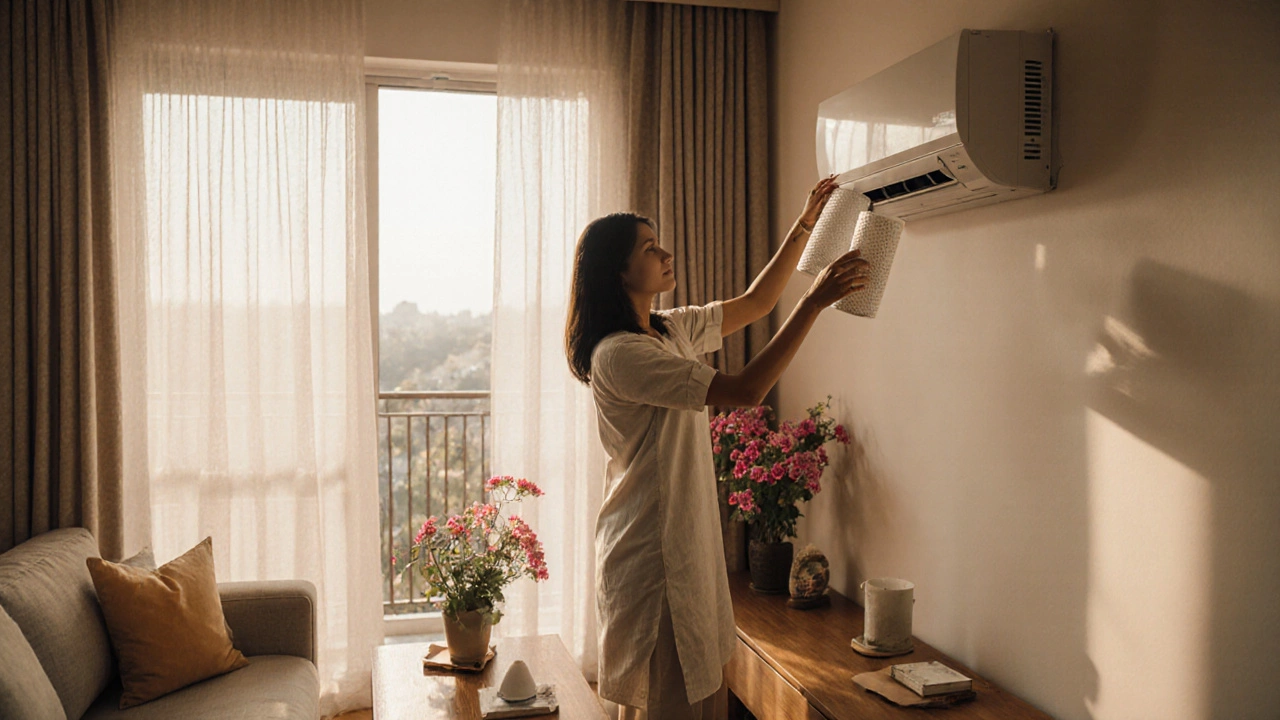
How Many Filters Does an AC Unit Have? Explained
Discover exactly how many filters a typical residential AC unit contains, where they are located, and how often to replace each for optimal performance and air quality.
CONTINUE READING


